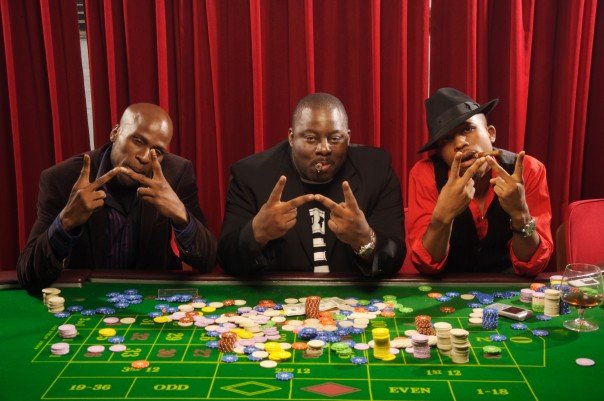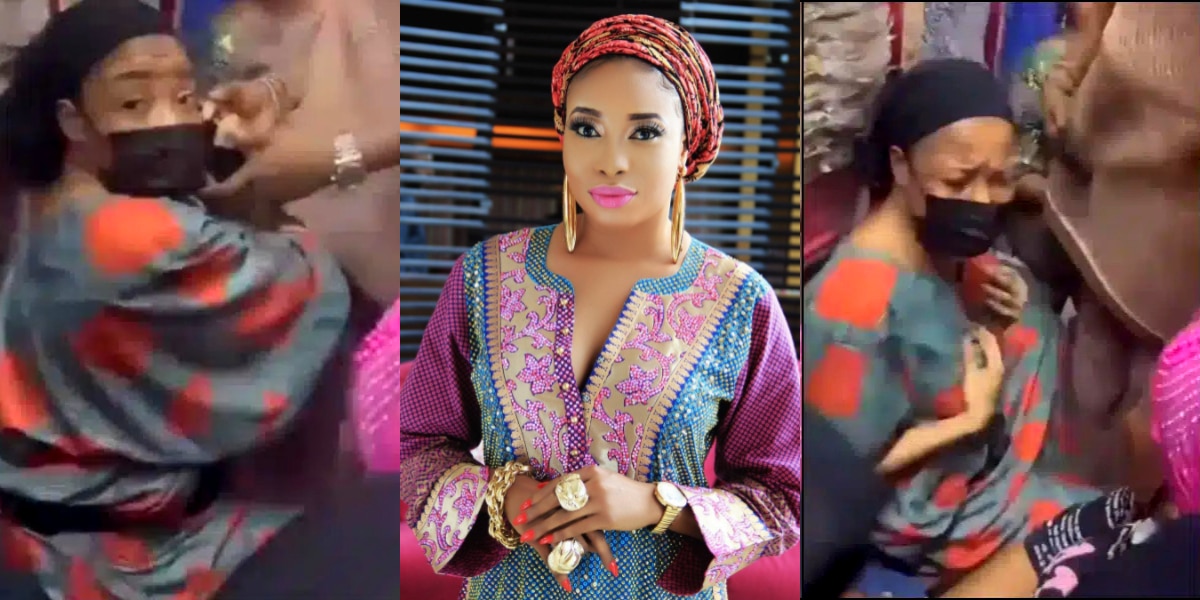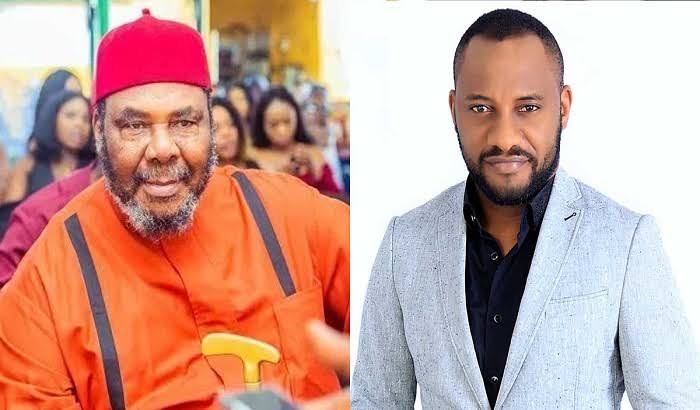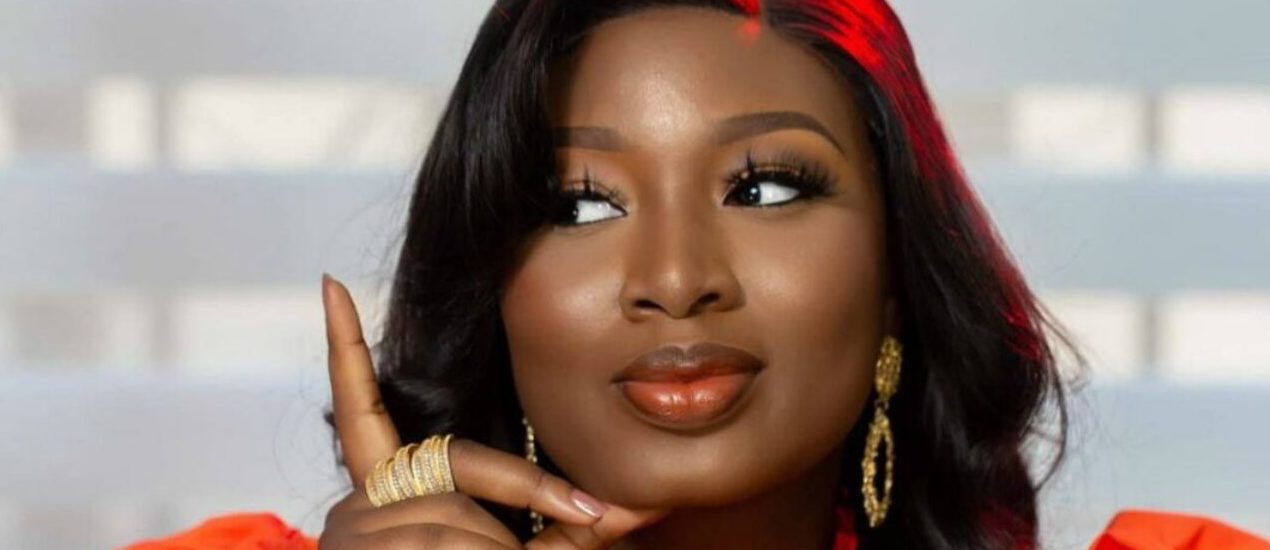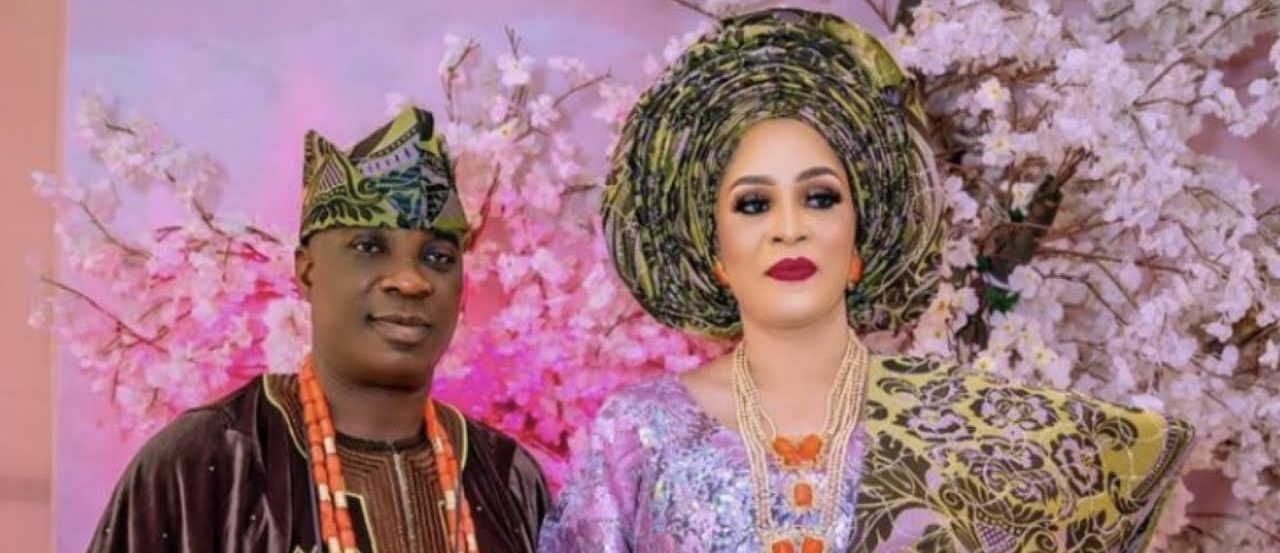
I am not ashamed to say I love Nollywood, the Nigerian film industry and its Ghanaian contemporary, Gollywood. In these days, where all we see of ourselves as Africans on Western television is the same old, stereotypical depiction of the African as conflict-ridden, corrupt and malnourished–at least Nollywood and Gollywood– show another side of Africa. They give us the other story, as Nigerian writer, Chimamanda Ngozi Adichie puts it. Nollywood and Gollywood’s portrayal of the African story is by no means perfect. It is problematic at times. But the canvas on which they tell the African story is broader than what we see on Western television. At their best- Nollywood and Gollywood- attempt to tell our stories in ways that are familiar to us, and in ways we can relate to.
Nollywood and Gollywood films portray life as it is lived in Africa with some exaggerations and fabrications. In the African village, for example, tradition is observed or broken depending on the circumstances, elders are respected (and sometimes disrespected for various reasons), and people jostle for power and resources. There is an emphasis on the issues of kingship and chieftaincy, a theme consistent with the continuous power and influence that chiefs hold in African society. Love and romance is also a familiar theme. Africans are shown falling in love, as Genevieve Nnaji does with Richard Mofe-Damijo in the romantic drama, Keeping Faith. In a marked departure from what pertains elsewhere, Africans are shown running companies and managing businesses. They are also shown living in nice houses and working in well-appointed offices.
I know some would dismiss this as insignificant and silly, but this is important. Africa does have problems. But there is more to Africa than war and poverty. Africans are like all other people everywhere. Meaning that, there are Africans who own businesses, are legitimately wealthy and make an honest living. Nollywood and Gollywood show this. But they don’t end there. They also show the other side. They show Africans who amass wealth illegitimately and what happens to them. They highlight the issues of crime and armed robbery, and the attendant impact on society. They depict (crudely at times), the unsavory parts of African culture. They show the crushing poverty that is the lot of many on the continent. And the corruption that is the bane of Africa’s development. But they also show the many acts of kindness that Africans show towards each other, something we hardly see elsewhere.
Whatever you think of Nollywood and Gollywood–and there is a lot to criticize: the unoriginal storylines; the soap-operish acting; the overwrought dialogue; the poor production values; the sometimes stereotypical depiction of the African as obsessed with the otherworld (especially in the Juju, Witchcraft, Christian and Occult movies)—it remains the most revolutionary thing to have happened to African aesthetic and self-image in years.
Think about it. Only a decade and half ago, most of what constituted entertainment on television in Africa (at least on West African television), and in cinema halls, were B-grade Hollywood movies and Bollywood movies. Contrast that with now. African movies are everywhere. The access to these movies is so widespread, it’s unbelievable. These movies are in the remotest of villages. All you need is electricity (if you are fortunate), a TV set and a VCD player. We are buying these movies with hard-earned money. We are buying these movies with hard-earned naira, cedis, rand, euro and dollars. We are shunning American movies and reaching for these movies. Without realizing it, we are patronizing movies made by us, for us, and, about us. This is empowering.
In the Diaspora, these movies are an addiction. Although we criticize these movies for one thing or the other, we can’t seem to get enough of them, warts and all. There is a reason for this. These movies tell us something about ourselves. They remind us of the Africa we left behind. They remind us of our towns and villages. They remind us of people in our own families. Aunts, uncles and cousins. They show an Africa that is all too familiar to us.
Nollywood and Gollywood are not without problems. The distribution system is sketchy at best. Piracy is a big problem. Most of the movies sold in North America and Europe are pirated. This is killing the industry. While piracy is a global issue, for most Africans living in the Diaspora, access is the issue. And this is where the African shops dotted across the length and breath of North America and Europe, come in. They duplicate these movies (illegally) in the thousands, and fill the void.
There are also issues with sound and picture quality. Here, there has been improvement in recent years. Mildred Okwo’s 30 Days is an embarrassment of riches in sound and picture quality. Shirley Frimpong Manso’s Life and Living it and The Perfect Picture are visual feasts. There are other problems such as scriptwriting, character and story development, pacing, editing and many others. Nollywood and Gollywood’s greatest challenge however, remains this: telling the African story in a way that entertains but doesn’t succumb to stereotype.
That’s a tall order for any mass medium. But Nollywood and Gollywood owe the many millions of Africans and black people who watch these movies this sacred obligation.
For now, let us enjoy and yes, critique Nollywood and Gollywood and hope that they stay viable in the future. They are assets and we must treasure them.
Leonard Quarshie is an essayist and freelance writer.
